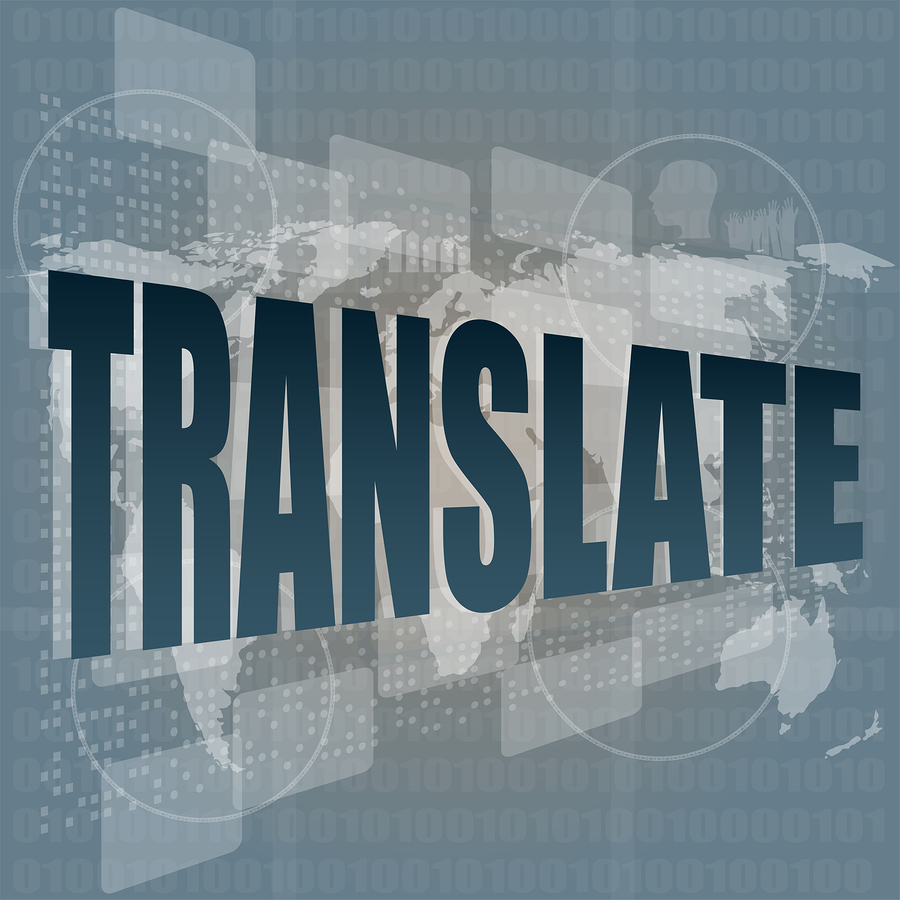
Starting your own NLP business: where to look and what to see
 If you are thinking of starting your own business in the NLP area (and some of you do think about it, for sure), you might be interested in look at the analysis done by bmmt: one of successful machine translation startups.
If you are thinking of starting your own business in the NLP area (and some of you do think about it, for sure), you might be interested in look at the analysis done by bmmt: one of successful machine translation startups.
Read a series of posts describing several groups of factors that have impact on their business and summarizing the bmmt take on the machine translation technology for the professional translation industry.
Following the transformation of the global translation market over the past few years has been an interesting experience:
• Translation buyers have been slowly but steadily changing their attitude to positive toward machine translation (MT).
• Developers of Moses, the system that many of the modern MT systems rely on, have started to listen to its industrial users and are implementing features needed in the real world.
• The continual support for MT technology by the European Commission and other public organizations has become more SME-oriented and more granular in terms of research topics.
• The amount of conferences where people have an opportunity to speak about MT and listen to MT experts has been growing tremendously (whether that affected the quality of some of the gatherings though remains a different matter).
• And, finally, the most remarkable milestone: appearance of a competitive market of MT providers.
Everybody involved in the translation industry knows the old saying about the growing importance of international markets: “you can always buy in your own language, but you must sell in your customer’s language”. However, the world is changing. Today we need to say: “we must translate the customer’s needs into language they understand”. We are convinced that simplified negotiation processes and ease of access/minimized technical setup are key to success for the new generation of MT providers. At bmmt, we respect the world’s multilinguality. We believe that our mission is to give the world machine translated words at a fair price, on demand.
When we started to look at how to make bmmt a successful company, we kept in mind lessons learned by early adopters of MT technology. We believe that, among others: transparency, flexibility, granularity, integration, access to post-editing services are essential elements in the formula for success of a modern MT provider.
We identified eight main influences on our company (see graphic). In this post I will discuss three of them. The rest will be covered in the future posts.

Customers & offering
Machine translation is a very new technology: complex, but promising and alluring at the same time. However, it also entails an inevitable lack of awareness among many groups of potential users. And at the same time, more experienced customers do not need much guidance adopting MT technology. They prefer to have more flexibility selecting features they would like to have. A possible solution is a universal package that would allow both flexible options for experienced users and a granular offering for early adopters.
Pricing is another factor of crucial importance: everybody has heard about MT. Many are positive about MT. Few are ready to invest in a complex and not clearly defined solution. We think that the market expects a tangible and transparent MT service at a fair price. That is why we believe that right pricing, offering simplicity and transparency should be paramount for every player on the modern MT market.
Competitors & positioning
Clear positioning is an important aspect for any IT technology provider, especially on the MT market. The three prevailing models are: a pure MT player, an LSP offering the customization of third-parties MT and finally, an LSP with its own MT technology. But it seems that these do not completely describe the range of services demanded by potential customers.
We believe that successful MT providers must eat the ginger from each model.
In bmmt, for instance, we want to focus on a full-cycle integration into existing localization frameworks. State-of-the-art MT findings at our fingertips brings us closer to MT providers. At the same time, expertise in MT-integrated systems for translation productivity increase and gisting of the content that would not be translated otherwise tags us with the second label. But being an independent MT provider and not positioning ourselves as an LSP, we still work very closely with leading German LSPs and have easy and direct access to post-editors.
Stakeholders
MT is a complex business: the efficient stakeholder engagement strategy should cover both the basics of engagement and appropriate response to increasing market pressure.
The secret for success is a robust management framework based on full understanding of needs, goals, politics, and concerns of all parties involved (owners, investors, key customers, technology providers, etc.). The framework should also collaboratively develop a common set of key messages to communicate to external stakeholders, as well as KPIs.
MT is not a mysterious and complex software developed by academics and for academics. Instead, we think it is time to look at MT as at the tool that helps increase the productivity of translation and enables the translation of content that would not be translated otherwise.
The second part of this blog post covers the rest of the factors influencing bmmt.
Originally published http://www.machine-translation.eu/en/blog/die-welt-von-bmmt-teil-1/
